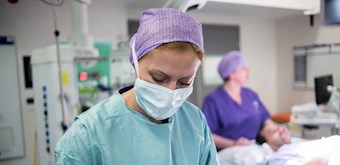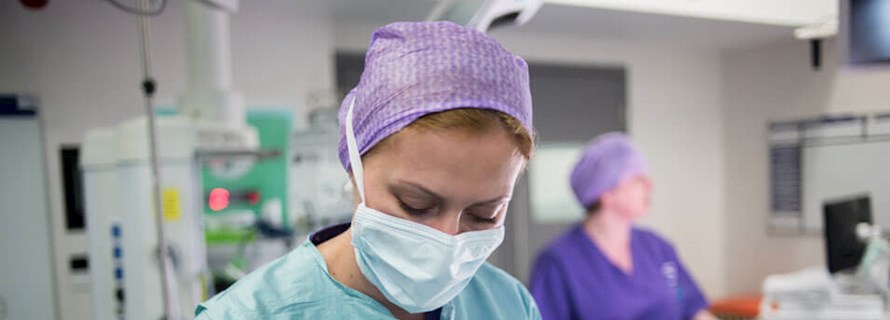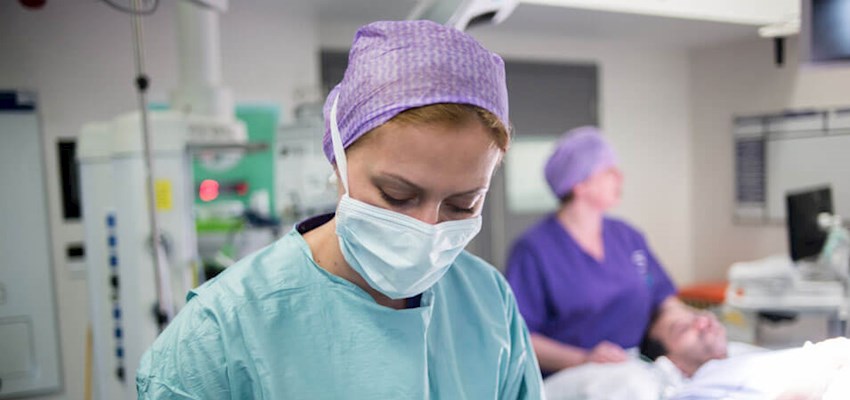Endobronchial ultrasound (EBUS)
A minimally invasive diagnostic procedure
Used to help diagnose conditions of the airways by taking tissue samples from the lungs and lymph nodes
What is an EBUS?
An endobronchial ultrasound (EBUS) is used to take tissue samples from the lungs or the lymph nodes in the chest.
It may be used to check for lung cancer, other cancers that are suspected of spreading to the lymph nodes, lymphoma and other non-cancerous conditions such as sarcoidosis or tuberculosis.
It may be used to check for lung cancer, other cancers that are suspected of spreading to the lymph nodes, lymphoma and other non-cancerous conditions such as sarcoidosis or tuberculosis.
Need to know
-
What happens during an endobronchial ultrasound? icon plus
You'll be given a local anaesthetic to make your throat thumb and a sedative to help you relax during the procedure. You'll be awake during the procedure. The whole procedure usually takes about 30 minutes to one hour. -
How to prepare icon plus
Your consultant will let you know how to prepare before your procedure. You may need to avoid eating and drinking for a period of time beforehand. Make sure you tell your consultant about any medication you're taking. -
Afterwards icon plus
You may need to be cared for in hospital for a couple of hours after the procedure while the sedative wears off. You can go home the same day. You'll feel drowsy so will need someone to help you get home afterwards as you won't be able to drive.
Our respiratory and thoracic consultants
We're proud to work with leading experts across a range of medical fields, whose skills are matched by their integrity and compassion.




Our locations in London
From complex thoracic surgery to diagnostic tests and procedures, we provide exceptional respiratory care across our network of hospitals, outpatient centres and specialist clinics.
Private endobronchial ultrasound in Birmingham
Book an appointment
Our team can help with any enquiries or you can make an appointment with one of our experienced consultants.
Call us today
020 7079 4344
This content is intended for general information only and does not replace the need for personal advice from a qualified health professional.